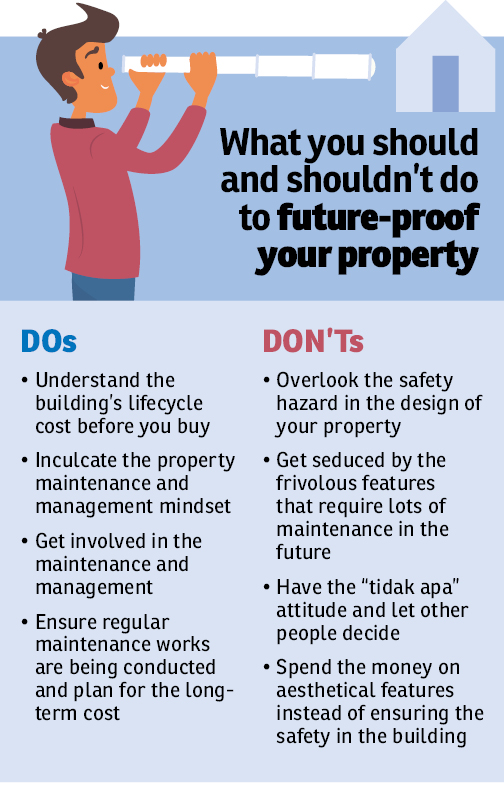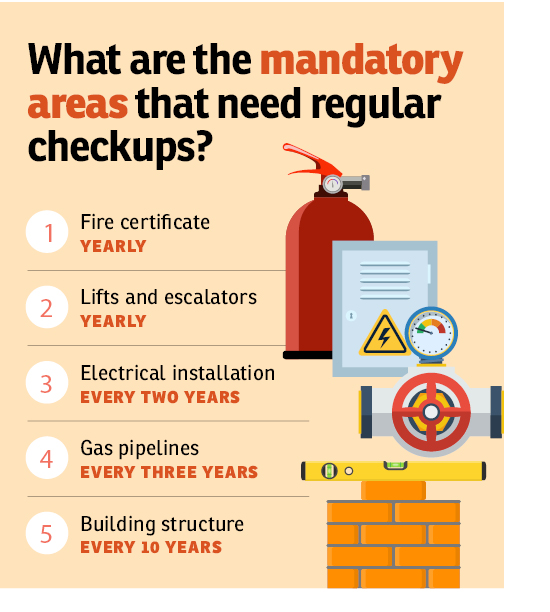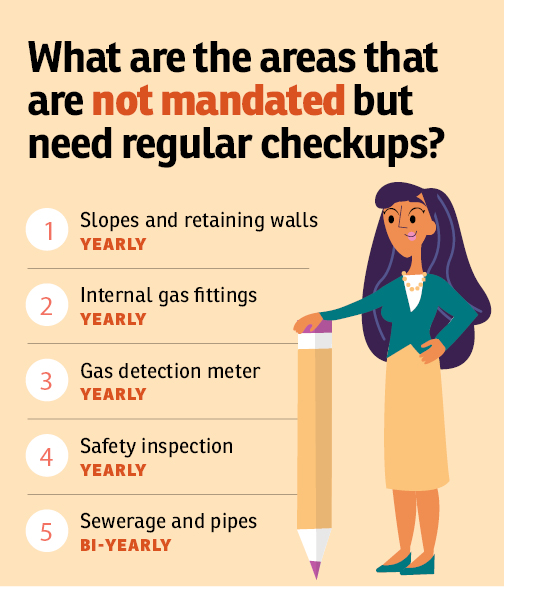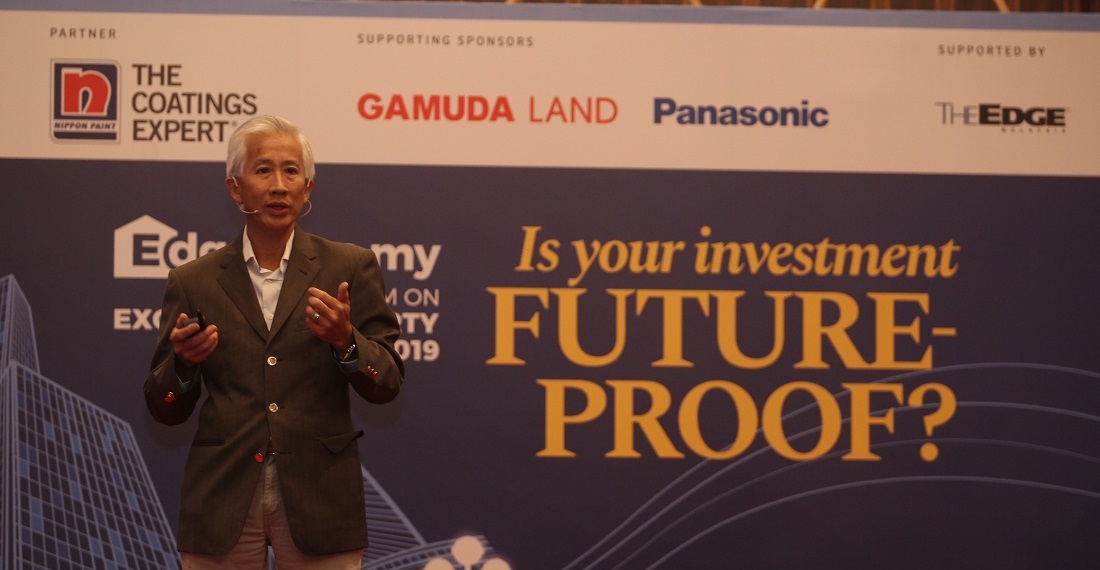Assume you own an old car that you rely on to commute to work and to transport your family, but you only have a limited budget to spend on it. What would you spend it on? Would you polish it or repaint it to make the car (and yourself) look good, or would you conduct a thorough check on the car to ensure every part is in order so that you and your family will not be in danger?
The answer is pretty obvious: safety should never be compromised.
However, in the context of property maintenance, many property owners have yet to realise the importance of conducting regular checkups on their buildings and replacing important parts or equipment that can pose a danger to their safety if ignored. Many people spend on renovations or on aesthetic changes instead, said Architect Centre Sdn Bhd accredited architect and trainer Anthony Lee Tee.
* Your questions on crucial property management answered
“Most of us start to do decorative things as though a nice coat of paint will fix all the problems in our property – at the expense of safety.
“The things that you should be doing to your property is exactly how you should treat your car – fix the important things. If you have a car and it has bald tires and defective brakes – those are the things that you should be spending your money on,” he told the audience at EdgeProp.my’s Symposium on Excellent Property Management 2019 “Is your investment future-proof?” on April 27.
Lee’s talk was entitled “Aesthetics OR safety? You decide!”

The symposium was organised by EdgeProp.my in collaboration with partner Nippon Paint Malaysia and supporting sponsors Gamuda Land and Panasonic Malaysia. The event was also supported by The Edge Malaysia.
“What’s happening in Malaysia is that aesthetics have taken over safety,” he said, warning that this can lead to a tragedy.
He cited glass handrails in buildings as an example. “We love the use of glass and it is everywhere. But in Malaysia, there is no regulation on the use of glass in [our buildings]. There is no regulation on how handrails should be designed as well as how much load it can take,” he said.
“Lately, we see stickers on glass rails in malls that say ‘Do not lean on the glass’. That sticker alone means that everything is safe?
“But if this happens in your property, it is no laughing matter,” he added.
Hence, he urged owners to implement predictive and preventive maintenance on the important equipment and areas in their property, instead of spending money on trivial things.
“You take your car to service every 10,000km mileage – that is predictive maintenance as you don’t wait until the car breaks down. But sadly, the truth is that we don’t do that to our property and we wait until things break down before we decide to act,” he said.
However, in order to future proof a property, it is crucial for one to understand the management and maintenance cost of the property, especially the long-term cost.

“Many of us are seduced by the exclusiveness, swimming pool, landscape and water features when we walk into an agreement to buy a property. And after we have bought the property, we choose to be apathetic. Some of us are even in denial — denying that we are part of this little government that we have to contribute to maintain all these features,” Lee said.
As a result of that, the initial wonderful features begin to get neglected and owners will get a broken and disharmonious living environment, he added.
“The common denominator is, the property must be managed and thus understanding the building lifecycle cost is fundamental. That is the key message that I would like you to take away today,” he said.
Lee also urged owners to take active participation in meetings by the management body of their property instead of having a “tidak apa” attitude as this will jeopardise the long-term maintenance of their building.
Lee who has more than 30 years of experience in architecture, project management and construction said the initial three to five years of a building only constitutes 25% of the building’s life cycle cost and the balance will only surface within the next 25 to 30 years.
“When the building is completed, the cost in the initial [period] only represents about 25% of the overall cost of maintaining the building throughout its lifespan. The balance 75% goes towards the next 25 to 30 years, or even 40 and 50 years after the property is done, which includes the cost for security, utility bills and maintenance.
“You need to understand that owning a property is a long-term commitment and you will have all these hidden costs which you need to deal with. So you must plan for the next 75% to make sure that you are ready for it,” he said.
Among the long-term maintenance works include the repainting of the building (every 10 years) and the replacement of pipes, pumps, electrical fittings, roof and drains (about every 20 years).

This story first appeared in the EdgeProp.my pullout on May 3, 2019. You can access back issues here.






